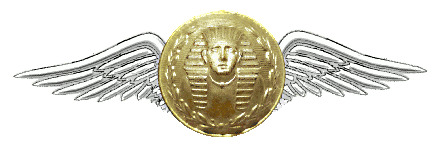Hi there!
Dear readers, it’s high time I sent season’s greetings, and a happy new year to you through this video:
In this amusing video, a voice-over quotes Hamlet, act 1, scene 1:
Some say that ever ‘gainst that season comes
Wherein our Saviour’s birth is celebrated,
The bird of dawning singeth all night long;
And then, they say, no spirit can walk abroad,
The nights are wholesome, then no planets strike;
No fairy takes, nor witch hath power to charm,
So hallowed and so gracious is the time.
Then, the voice-over adds:
So, I brought you that… Merry, merry Christmas, and happy new year to you all.
The voice-over quotes Marcellus’s cue from the original version of Hamlet:
It faded on the crowing of the cock.
Some say that ever ‘gainst that season comes
Wherein our Saviour’s birth is celebrated,
The bird of dawning singeth all night long.
And then, they say, no spirit dare stir abroad.
The nights are wholesome. Then no planets strike,
No fairy takes, nor witch hath power to charm,
So hallowed and so gracious is that time.
…, which roughly means:
It faded away when the rooster crowed. Some people say that just before Christmas the rooster crows all night long, so that no ghost dares to go wandering, and the night is safe. The planets have no sway over us, fairies’ spells do not work, and witches cannot bewitch us. That is how holy that night is.
Here below a translation from François Maguin’s bilingual book in both old English, and French:
Il a disparu au chant du coq.
On dit que toujours, lorsque vient la saison
Où l’on célèbre la naissance de Notre Sauveur,
L’oiseau de l’aube chante toute la nuit.
Alors, dit-on, nul esprit ne se risque à sortir,
Les nuits s’en trouvent pures, nulle planète ne frappe,
Pas de fée ni de sorcière qui puisse jeter un sort,
Tant la grâce vient sanctifier ce temps.
Video from Valentin Bajkov © Delov Digital, www.delovdigital.hu



